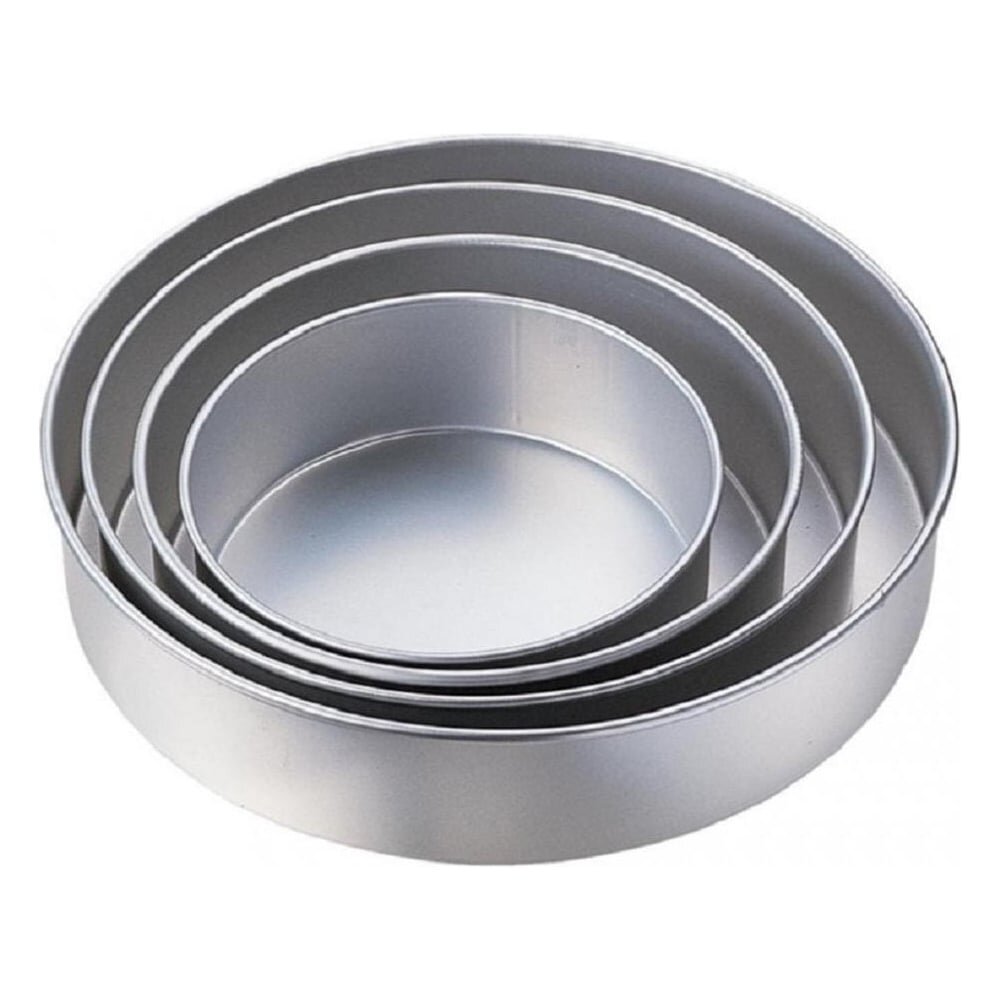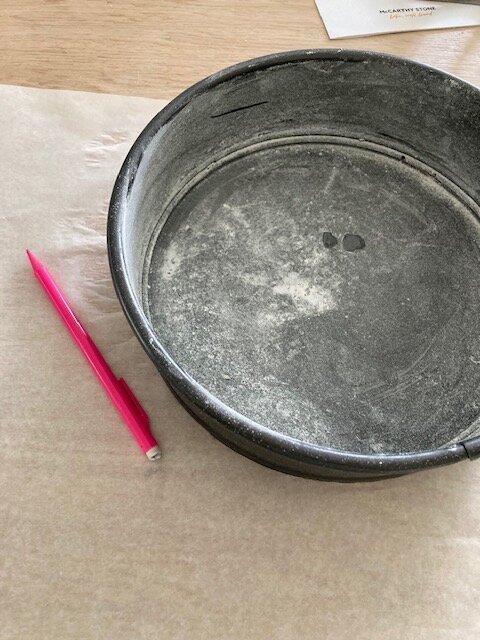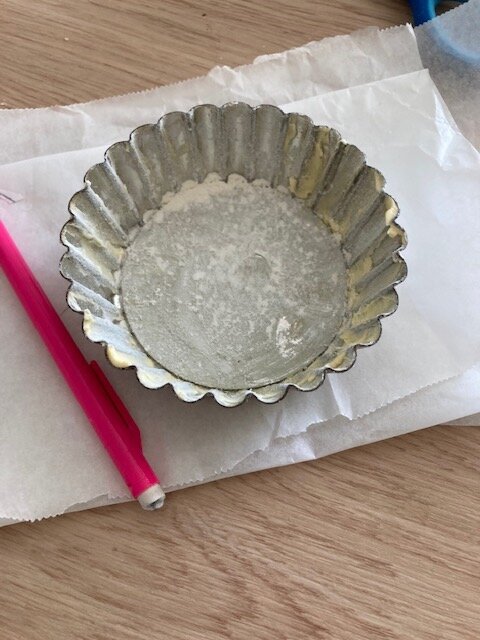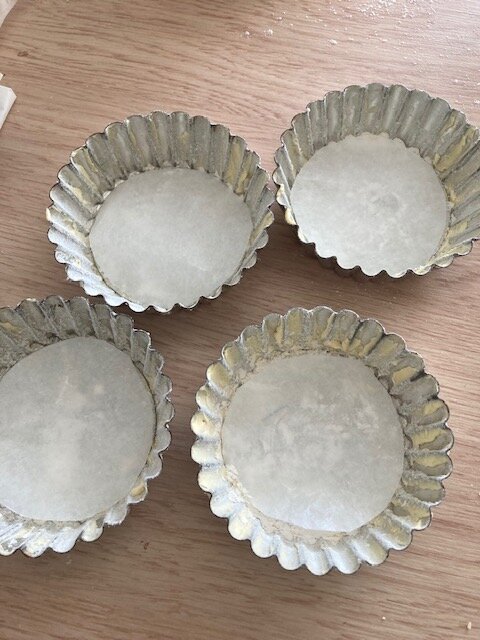Baking the Perfect Cake - Top Ten Tips
A little bit of cake
Top Ten Tips to Baking the Perfect Cake
I used to make cakes for a living, so I have a few tricks and tips up my sleeve to make sure that from start to finish, cakes are light, airy, tasty and stress free.
I thought I’d share my favourite tips with you along with a few recipes too.
Once you’ve cracked the code to making great cake, you’ll be showing off with them all the time.
You might not be making cakes like the one shown above, but once you’ve started , you don’t know where it may lead.
1) First Things First
The very first thing about making great cakes is to enjoy making them.
There’s this old wives tale about cooking with love as a way to make the food taste even better, and there’s a lot to be said for that.
The same applies to baking a cake.
Caring about the process of making the cake plays a big role in how a cake comes out of the oven.
Having fun and not being stressed when mixing the batter, means there’s probably more of a light touch in finger tips so less of a chance of it coming out a heavy brick (see more about that as you read on).
Not just a gentle hand, but there are lots of studies to do with mindfulness which point towards baking or cooking used as a way to just take a breath.
So go ahead, take a breath and read on to find out more about how to bake for a better cake.
2) The Perfect Recipe
Even though there are hundreds of recipes floating about, a reliable and fool proof recipe isn’t always an easy thing to find.
Of course, there are the fabulous bakers to call on and so many baking books promising easy to use recipes, but for me the one that works every time and can be adapted to add flavour, colour, texture and can be transferred from a gluten recipe into a gluten free recipe, is this one.
RECIPE
8” (20cm) Round Cake tin or
225g Margarine
225 Castor Sugar
225 Self Raising Flour
4 Large eggs
2 Tsp Baking Powder
1 ½ Tsp Vanilla (or other flavouring)
How
Prepare the cake tin - See Tip 8
Heat oven to 200c – See Tip 7
Cream the Margarine, vanilla and sugar together until light and airy
Add the eggs, one at a time and beat until light and fluffy
Mix the baking powder and flour together.
By hand, fold the flour mixture into the beaten egg and sugar mixture – Don’t over mix – See Tip 6
Pour the batter into the prepared cake tin and place it into the middle shelf of the hot oven
Bake for 25 minutes until a skewer comes out clean
(All ovens vary so adjust cooking time accordingly- See Tip 7)
Once cooked, let the cake cool completely in the cake tin before removing.
This recipe is the one I have literally used hundreds of times, no joke.
Once, I tried to calculate how many I actually made for other people, but didn’t get very far, just got a little bored with the count.
Your cake will only ever be as good as the recipe you use so make sure it’s a good one.
3) Blinded by science
No matter how good the recipe is, it’s the science that makes it all happen.
Chemistry was never my strongest lessons in school, but domestic science was, and if it wasn’t for that, I’d never have realised that things had to happen for a cake to rise.
Obviously, it’s the cake fairy too!
It’s not just about which ingredients are mixed together, but also about which order they’re mixed. In the right order, each causes another to react, starting a domino effect.
The ‘crumb” (fine texture and moistness of the cake) all starts by ‘creaming’ (beating until light and airy) together the fat and the sugar and then adding the eggs, only when this is done.
We all know that eggs can hold air, so tick to that box for making cakes light, but during the creaming process butter also picks up air and when those little pockets heat up, they expand and make the cake rise.
Spending some time getting as much air into the mixture at this stage of the cake making process, by beating the fat with the eggs, makes it springy, elastic and light, so don’t skimp on this stage out.
4) We don’t like it cold
Leave the cold butter for making pastry, for cakes, everything needs to be at room temperature for the cake to be at its best and use a cooking margarine (not butter)
It’s all got to do with emulsifying together.
If ingredients are cold, they’re more difficult to mix together, more difficult to emulsify, meaning that to get the mixture to do what it needs to do, they all need to be mixed more, and that’s something to be avoided.
Over mixing is a sure-fire way of making the cake is flat and heavy.
Room temperature margarine is around 18c, (I’ve never, ever taken the temperature of the margarine I use in cakes, I just read that somewhere).
The obvious and easiest way I get my margarine to room temperature is just to leave it out at room temperature!
Remember earlier when I said a good cake was down to science, chemistry, this is a good example of that.
There is a fine line between room temperature and too soft, and if cakes start to come out too dense, check that the margarine isn’t too soft.
No need for thermometers, even though room temperature is supposed to be around 18c, (I’ve no idea why?).
It’s an easy test!
I just poke the margarine with my finger and when my finger makes an indentation, but doesn’t poke all the way through, it’s ready to get my bake on.
Cold eggs aren’t good for cakes either, so take these out in plenty of time to come to room temperature too, a cold egg can curdle and that means starting again from scratch.
5) Measure it!
This tip may seem the most obvious of them all, but with so many different countries using so many different methods of weighing and measuring, it can be very confusing especially if converting from one to another.
Weighing is much more accurate than measuring and by this, I mean weighing in grams is better than measuring in cups.
Weighing dry ingredients is much more accurate than measuring
Getting the correct amounts of ingredients is crucial when baking any cake.
The most common mistake is with flour, and I’ve done it, many times.
When I’ve not been paying attention and added too much (or too little) a mishap that can happen with me when I’m developing a recipe or converting one of my well-loved recipes given to me by some of my American friends from cups to grams.
Having said all of that, I’m now going to contradict it and say, the better you get at baking cakes, the more practice you have, the more you get to trust a certain recipe to work, eventually you’ll be able to manipulate your trusted recipe to be able to calculate how to double or even triple it.
Not all cake recipes work this way.
6) Mix it, but not too much!
Of course, to get a cake batter it has to be mixed, right, but to over beat the cake batter – once the flour and baking powder has been added - is worse that under beating.
It sounds like a bit of a contradiction to say this, but it’s true.
I’m asked a lot to give tips about baking cakes, and the most common thing I’m asked about is why does the cake comes out of the oven cooked but dense and heavy, over mixing the batter when adding the dry ingredients is usually the main culprit.
When making anything that contains gluten, mixing just until everything is just incorporated is the way to go.
Anything more takes out all the air and over develops the gluten making it heavy.
There is a fine line between under and over mixing, and obviously all the ingredients need to have their time together but don’t just walk out the room and leave the electric mixer running.
It’s best to still be able to see a little flour here and there than be left with a completely smooth batter.
My tip here is to use the electric mixer all the way up to the stage of adding the flour and baking powder, when it’s time to do this, fold it in by hand just until it’s incorporated, then stop.
7) Let’s heat it up
When I had the cake café, there were lots of checks and maintenance to be done, one of the yearly checks was to have the oven temperature calibrated. Making sure what I think the oven temperature is, is actually right.
For each year of an ovens life span, it loses around 10c of its heat, so when I set my home oven to 180c it doesn’t necessarily mean that’s the temperature it is.
Unless you bring someone in to collaborate your oven, the best way to make sure it’s correct is to buy an oven thermometer.
Oven thermometers aren’t expensive and worth it ti know your oven is keeping the heat.
Knowing that the oven temperature is correct it great, the other thing to remember is to make sure that the oven is heated up to the temperature recommended in the recipe for at least 15 minutes before putting the cake in the oven to cook, doing this means the heat from the oven can immediately begin to work on all of those air pockets we’ve worked so hard to put in.
Putting a cake into an oven that’s not hot enough will affect the way the batter rises and letting a cake batter just sit around for a while before it goes in will do the same, so make sure the order of the preparation is right:
1st - Set oven to heat up
2nd - Prepare cake tins
3rd – Make cake batter
4th – Bake cake
8) Tins
Cakes tins are no all the same, sometimes the colour of the cake tin can make a difference t the cooking time.
My cake tins are silver aluminium metal, but I do have others of dark metal.
With each change in the metal, there needs to be a change in the cooking time.
A glass or darker metal tine can sometimes mean a reduction in the temperature or cooking tie, the only way to test this is to give it a try and experiment with them all.
It may mean that you’ll need to adjust the temperature by up to 3 c.
Recipes stipulate a certain size of tins for a reason.
It’s easy to think that a 10-inch cake batter will be o in a 9-inch cake tin, no it won’t.
Cakes increase in volume and size by anything up to 100% once it hits the hot oven, tin too small batter will over flow, tin too big and cake doesn’t cook properly and that’s when cake bricks are born.
Silver aluminium, my choice for baking tins
9) Make sure it doesn’t stick
To avoid a cake sticking disaster, there’s only one way I know that works for me every single time, and it’s not rocket science.
Completely cover the inside of the cake tin (every nook and cranny) with margarine or butter, then dust generously with the same flour you’re using in the recipe.
Place the tin onto a sheet of non-stick baking parchment.
Draw around the cake tin bottom and cut out the circle
Lay the cut-out circle onto the bottom of the buttered and floured tin.
Pour the prepared cake batter into the prepared tins and bake according to instructions.
Leave the cake in the tin to cool completely before trying to take it out.
Take it out while still hot or even warm and you’re probably looking at a pile of delicious and crumbs. Get the custard out
10) All the rest
This is where I’m putting all the rest of the tips that won’t fit anywhere else.
Leave it alone – Once the cake is safely in the oven, don’t open the door again until almost near the end of the recommended cooking time.
Letting cold air in to the oven will not just stop the rising process it also makes sink resulting in a big dip in the centre of the cake.
It’s cooked when – When a tooth pick inserted into the middle of the cake comes our dry and clean.
Another easy test is gently giving the middle of the cake a bit of a press and if the sponge bounces back, that’s a fair indicator that it’s ready to come out.
If your finger leaves a dent, it’s not ready.
In the centre – The centre of the oven is perfect for baking cakes, its where the temperature is most constant.
Fan oven – Having a fan oven may mean that you have to adjust the cooking times, so check the recipe. Fan ovens can cook more quickly than conventional ovens, so just check on the cake a little earlier.
Cake to dense – There’s more than one reason why a cake could come out of the oven heavy and dense:
Too much liquid, too much sugar, too little leavening or a cake has been in the oven too long and has taken too long to bake.
There’s a hole in my cake – Probably caused by over mixing when the dry ingredients were added.
Dry Cake – This is caused by ingredients that absorb liquid, namely flour so make sure the measuring is right.
Margarine for cakes f all kinds. Leave the butter for pastry


















